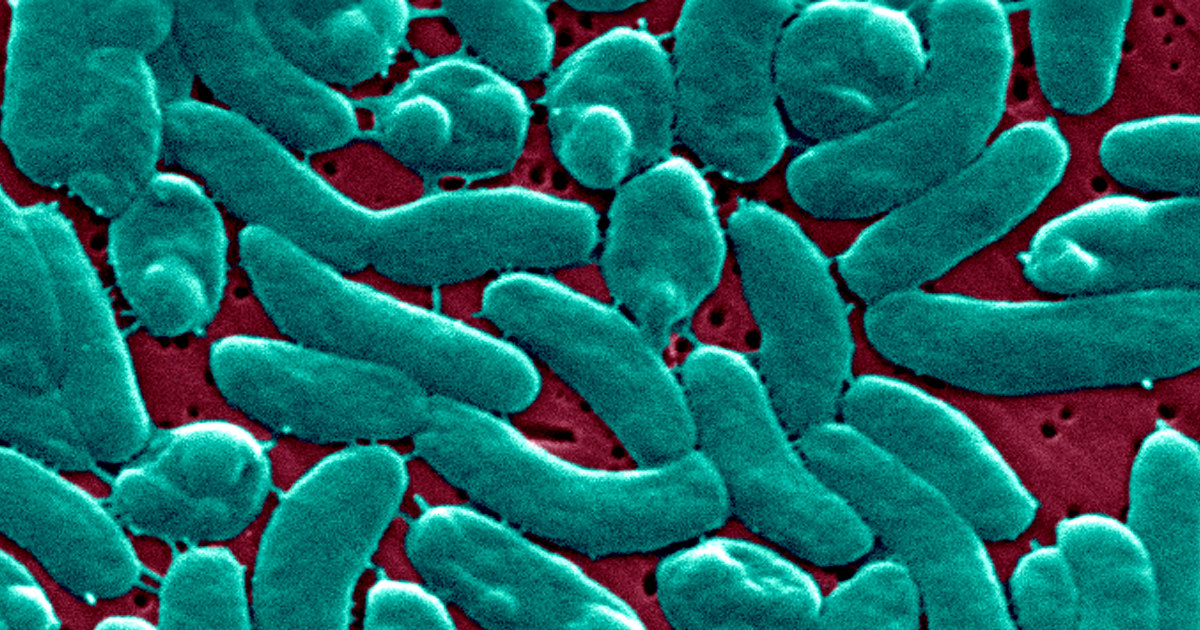An Outer Banks man’s ICU hospitalization highlights the growing threat of Vibrio vulnificus, a flesh-eating bacteria thriving in unusually warm coastal waters.
With cases spiking across Southern states, health officials warn that warmer ocean temperatures and heavy rainfall are creating ideal conditions for this dangerous pathogen. Victims often contract infections through open wounds or contaminated seafood.
Survivors describe harrowing battles against rapidly spreading infections, while experts emphasize simple precautions: avoid saltwater with cuts, cook shellfish thoroughly, and seek immediate care for suspicious wounds.
- A man from the Outer Banks was hospitalized with a Vibrio vulnificus infection, part of a surge in North Carolina cases reaching 59 by late July—the second-highest midsummer tally in five years.
- Warmer sea temperatures (mid-80s off Cape Hatteras) and diluted salt levels from heavy rainfall are creating ideal conditions for the bacteria, which thrives in brackish water and infects through open wounds or raw seafood.
- Immediate medical attention is critical if wounds show redness, swelling, or blistering within 24 hours of water exposure; health officials advise avoiding saltwater with cuts, thorough shellfish cooking, and post-swim freshwater washing.
Community Reactions
コメントはまだありません
Outer Banks Vibrio Vulnificus Outbreak: Flesh-Eating Bacteria Symptoms, Survival Stories & How to Stay Safe in Warm Waters

How long does it take for flesh-eating bacteria symptoms to show?
The incubation period for Vibrio vulnificus infections can range from as little as 12 hours to 3 days after exposure. Early symptoms often include fever, chills, watery diarrhea, and stomach cramps. For wound infections, signs may appear within 12-24 hours as redness, swelling, and severe pain around the affected area.
One distinctive feature is the rapid progression – within just 12-24 hours, mild symptoms can escalate to blistering skin lesions, severe tissue damage, and potentially life-threatening complications. This swift progression is why medical professionals emphasize immediate treatment at the first signs of infection.







Can you survive vibrio vulnificus? Real survivor stories from recent cases
While Vibrio vulnificus has a concerning mortality rate (about 1 in 5 infected people die), many do survive with prompt treatment. Recent cases along the Gulf Coast demonstrate both the risks and recovery possibilities:
- A fisherman in Louisiana survived after losing portions of his leg to necrotizing fasciitis
- An Outer Banks resident spent 3 weeks in ICU but recovered after aggressive antibiotic therapy
- A Florida restaurant owner survived gastrointestinal infection through IV fluids and antibiotics


The common thread among survivors? They all sought medical attention within the first 24 hours of symptoms appearing. Those who delayed treatment faced much more severe consequences.
What survivors wish they knew earlier
Several patients interviewed after recovery mentioned they initially dismissed symptoms as food poisoning or minor skin irritation. Many emphasized they would have acted sooner if they’d known:
- How rapidly the infection progresses
- That pre-existing conditions (like diabetes) increased their risk
- The importance of mentioning water exposure to doctors
How to cook seafood safely during vibrio outbreaks
With Vibrio vulnificus present in coastal waters, proper seafood preparation becomes crucial. Health authorities recommend these cooking methods:
| Seafood Type | Safe Cooking Method |
|---|---|
| Shellfish in shell | Boil until shells open + 5 more minutes |
| Shucked oysters | Boil at least 3 minutes or fry at 375°F for 10 minutes |
| Crabs/lobsters | Steam until shells open + 9 more minutes |


A critical note: Discard any shellfish that don’t open during cooking as this indicates they may not have reached safe temperatures internally. Also avoid consuming raw seafood during outbreaks.






Best antibiotics for vibrio vulnificus infections
The standard treatment protocol combines:
- Third-generation cephalosporins (like ceftazidime)
- Doxycycline or minocycline
- Possible addition of ciprofloxacin for severe cases
However, antibiotic resistance patterns are evolving. Some newer cases have shown reduced susceptibility to traditional regimens, prompting doctors to consider combination therapies and longer treatment courses.
Why timing matters more than specific antibiotics
While antibiotic selection is important, studies show that early administration (within 24 hours) is the single greatest predictor of survival, more significant than the particular drugs used. This underscores the importance of suspecting Vibrio early in coastal areas.


Are some beaches safer than others right now?
While Vibrio vulnificus can be present in any warm coastal waters, certain conditions increase risk:
- Areas with recent heavy rainfall (dilutes salt concentration)
- Shallow, calm waters that warm quickly
- Locations near river mouths with brackish water
- Areas with abundant shellfish beds
Currently, health departments are advisories about elevated risk in:
- Outer Banks shallow sound-side waters
- Gulf Coast areas affected by recent tropical weather
- Florida’s intracoastal waterways








Emergency wound care after possible vibrio exposure
If you’ve been in coastal waters and have any breaks in your skin, follow this protocol:
- Immediately rinse with clean fresh water
- Wash thoroughly with soap
- Apply antiseptic solution (iodine or alcohol-based)
- Cover with clean bandage
- Monitor for 72 hours for redness/swelling
For high-risk individuals (those with liver disease, diabetes, or weakened immune systems), consider prophylactic antibiotics after consult with a physician following potential exposure.
What most people miss in wound care
Most focus on the wound itself but forget about tools and clothing. Any items that contacted contaminated water should also be:
- Washed in hot soapy water
- Disinfected with bleach solution
- Or discarded if porous (like bandages)
